Kenya coffee beans SL coffee beans Kenya aa coffee beans SL coffee beans
Professional coffee knowledge exchange more coffee bean information please follow the coffee workshop (Wechat official account cafe_style)
Kenyan coffee has always been the focus of Qianjie, its coffee development history is short, but it has the advantage of backwardness, and has become a big producer of boutique coffee.
What's the flavor of Kenyan coffee?
Kenyan coffee has a multi-layered taste and acidity of fruit juice, rich berry tone, solid taste, lively acidity and complex flavor. Many high-quality Kenyan coffee will also have the rich aroma of small tomatoes. It's very memorable.
When coffee was first introduced to Kenya in 1893, Kenya was a British colonial country. Later, in order to earn foreign exchange, the British colonial government vigorously promoted the cultivation of coffee in Kenya. After harvest, coffee beans were shipped to London for export.
In time, Kenya has been growing coffee for more than 100 years and is one of the most important coffee producers in the world.

When it comes to Kenyan coffee, one of the things that immediately reminds people of Kenyan coffee is its unique Kenyan washing treatment and its coffee bean grading system based on size. The common grades of Kenyan coffee in China are AA, AB and PB. Although it is said to be "graded", will the AA grade be better than the AB grade?
Grade of coffee beans in Kenya
Kenyan coffee is inseparable from the treatment plant model and Kenyan water washing treatment. Kenya's best quality coffee beans are basically washed, and the washed coffee is roughly divided into eight grades:
E:Elephant Bean, also known as Elephant ear, is a flat bean with a particle size of more than 19 mesh.
AA: particle size 17 to 18 mesh
AB: particle size 15 to 16 mesh, accounting for the majority of production
TT: lighter beans blown by an airflow filter from AA and AB beans
C: the particle size (Screen Size) is less than AB / 14 mesh, which is too small to be included in the boutique grade.
T: from C-grade beans (less than 14 mesh), the lighter beans blown by an airflow filter, that is, the size and density are too small to be included in the boutique grade.
PB:Peaberry, which means round beans, is not classified by size but by appearance. It has nothing to do with flavor weight and accounts for about 10% of the total output.
UG: those who do not meet the above criteria
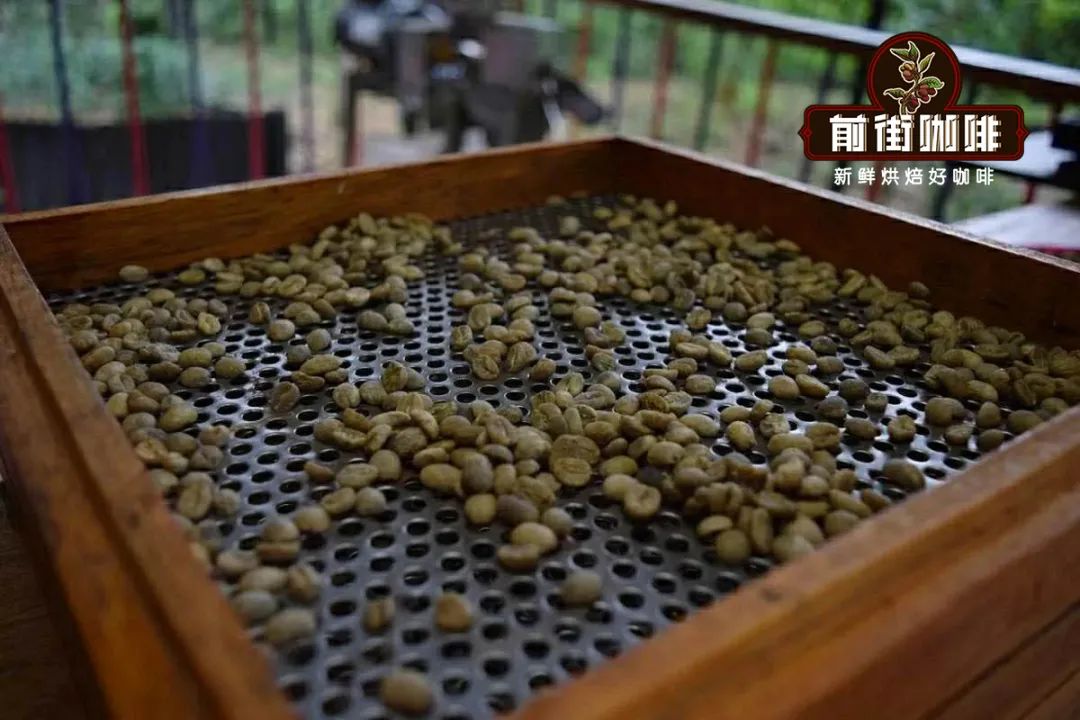
On the other hand, Mumbai 39 × buni, which belongs to the low-quality sun-cured coffee beans, does not undergo Kenyan washing because of its poor quality, and is generally used in the Kenyan domestic market.
MH:M'buni Heavy = large beans
ML:M'buni Light = small beans
This set of coffee bean grading standards in Kenya is mainly based on size. The difference between AA and AB is only the difference in size, but will there be a big difference in flavor?
Qianjie coffee pulls several coffee beans of AA, AB and PB grades from the coffee bean bank for a private cup test (blind test), and the final result is the same as the guess before the cup test-- although there is a slight difference, in fact, there is little difference. If the coffee beans are produced in the same production area or even in the same processing plant, only the size factor has a relatively low impact on the taste of coffee. Both AA and AB grade Kenyan coffee beans are very delicious coffee. The differences in taste among different producing areas may mainly come from the producing area, altitude, planting conditions and other factors.
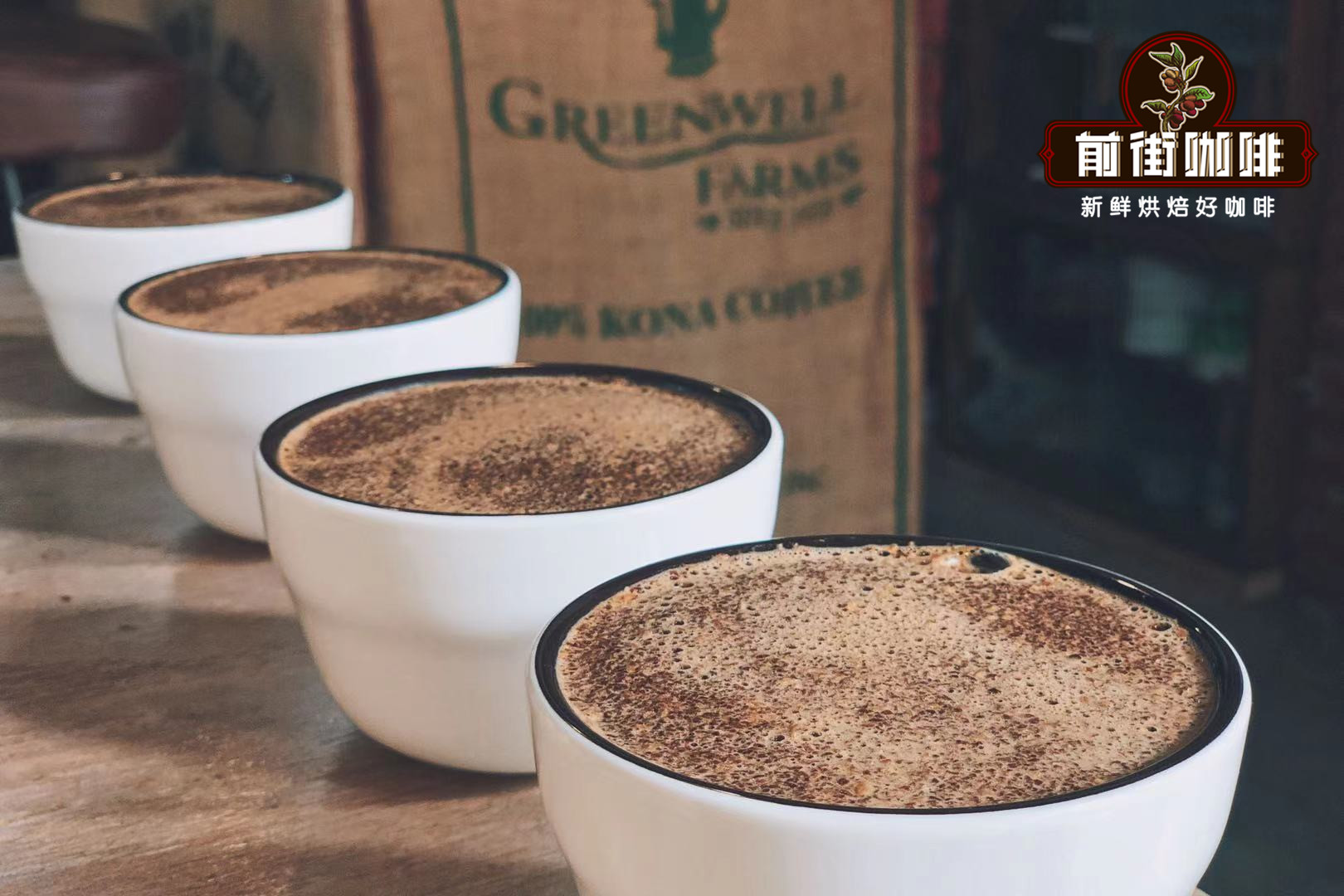
The view of Qianjie Coffee is not to express that the Kenyan grading system is out of date. Maybe the Kenyan coffee of AA or AB grade is not necessarily the best coffee, but it must be the most guaranteed coffee.
What are the reasons for the stability of quality in Kenya?
The varieties of coffee in Kenya are LMY 28 and SL-34. This is the second of 40 varieties led by Guy Gibson of Scott Scott Laboratories Lab, which was cultivated and named in the laboratory in 1930. According to botanists in SL laboratory, SL28 and SL34 are genetic variants. They account for the vast majority of Kenya's high-quality coffee production, but these varieties are susceptible to leaf rust. SL34 has French missionaries, bourbon, and more Tibica ancestry. Copper leaf color and broad bean-shaped beans have a great sense of sweetness, balance and complex flavor, as well as remarkable citrus and black plum characteristics.
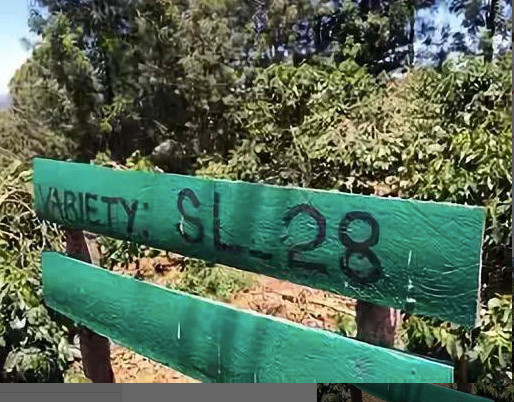
In addition to the guarantee in the variety, there is also in the processing technology of raw coffee beans. Kenya generally uses its own unique water washing treatment, known as Kmur72 water washing. Kenya adopts the cycle repeated treatment method of washing after fermentation, which is made after the same day of harvest. The best quality coffee berries are selected for peeling and fermentation. The fermentation time is 24 hours, and clean river water is used after 24 hours. Then, it was fermented again with clean river water for 24 hours, and then washed. After 3 cycles, it reached 72 hours.
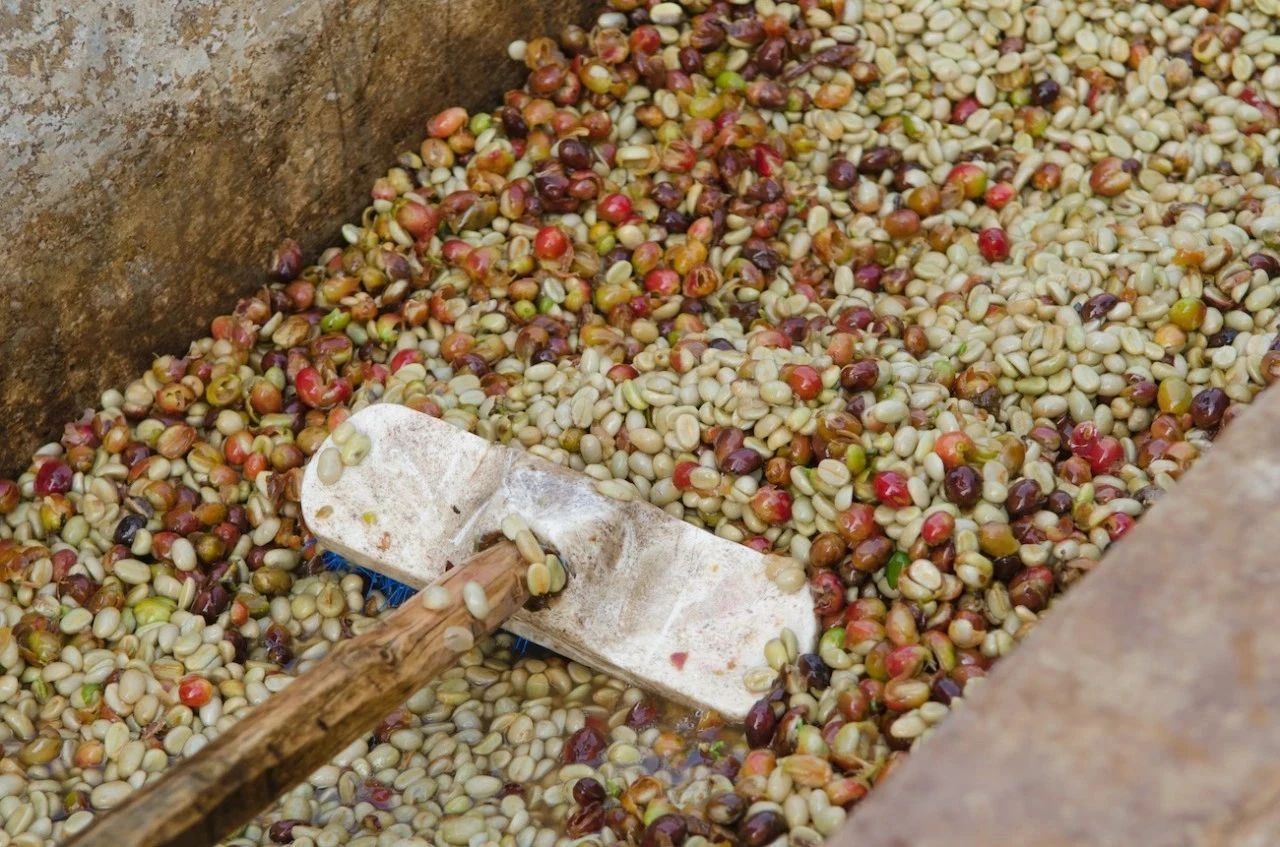
This unified environment of planting varieties and treatment processes has created a stable flavor of Kenyan coffee.
Because of the stable Kenyan flavor, Qianjie only added one Kenyan coffee to Qianjie's satisfaction, that is, the Kenyan Asaria AA coffee beans.
Front Street Coffee Asalia, Kenya
Producing area: Kenya Sika producing area
Altitude: 1550-1750 m
Varieties: SL28, SL34
Treatment: washing
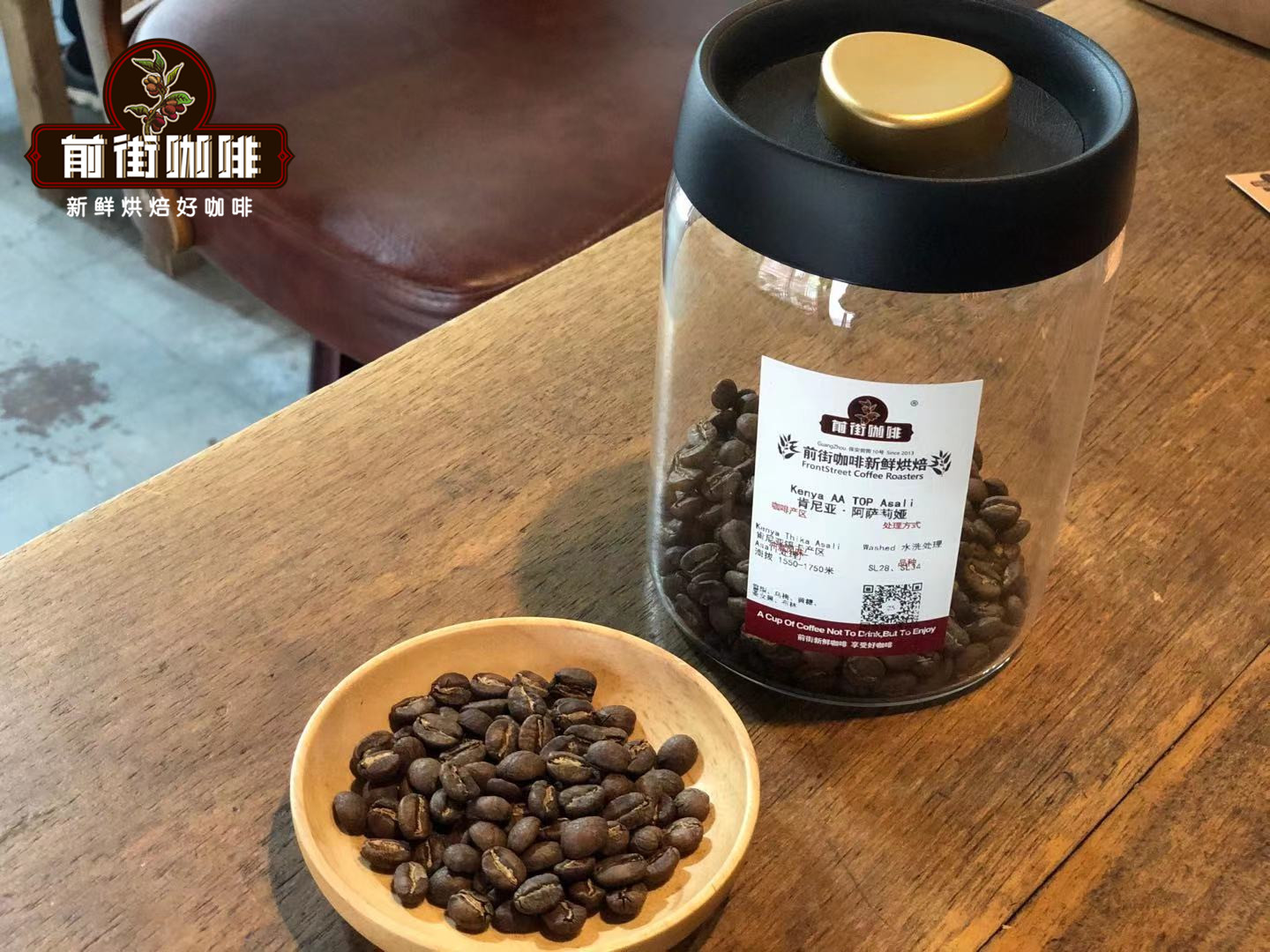
Roasting Analysis of Qianjie Coffee
Qianjie Coffee roasted this Kenyan coffee bean with medium and light roasting to highlight its rich fruit acidity and full berry juice taste.
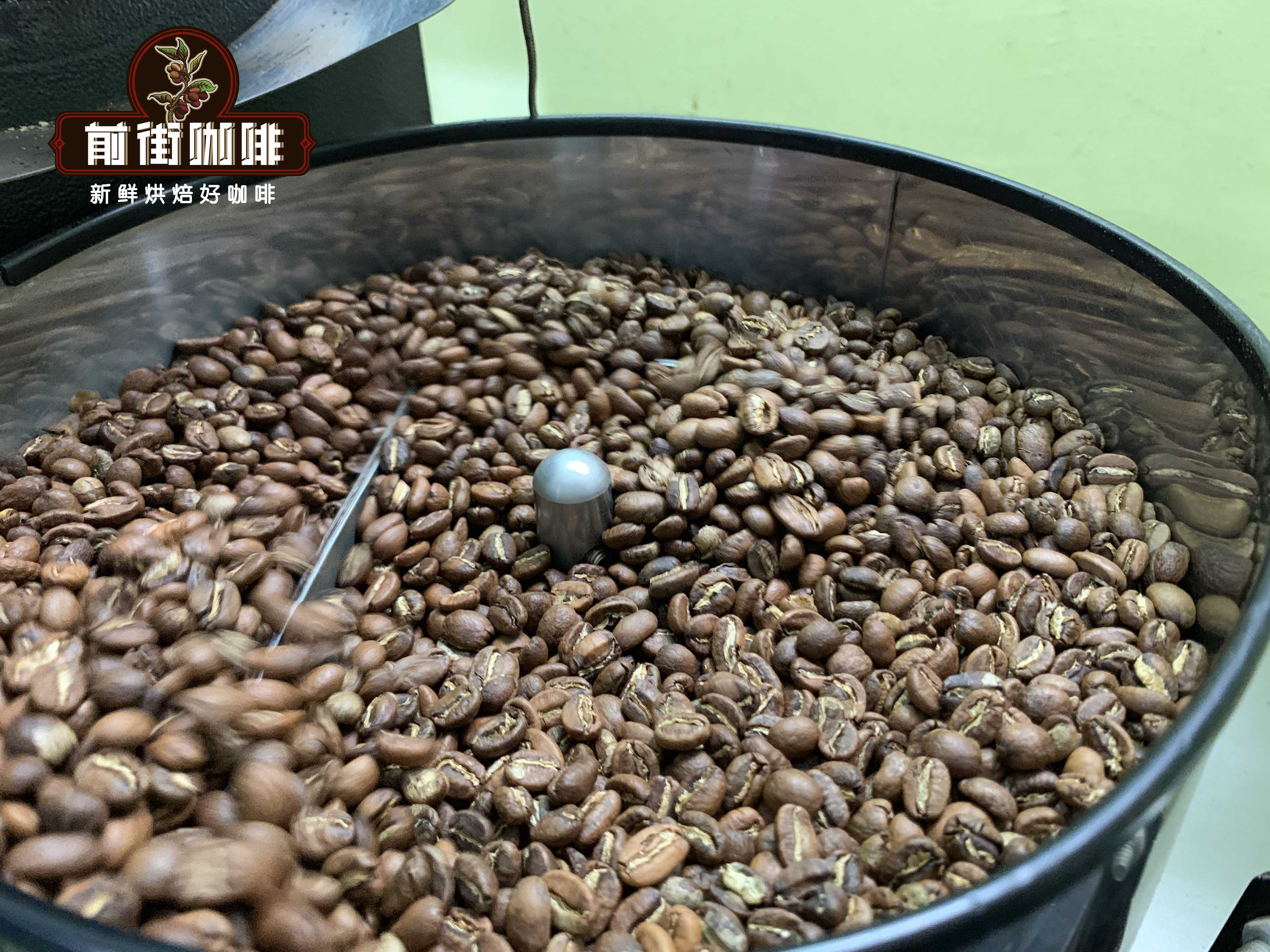
Suggestion on brewing coffee in Qianjie
Qianjie Coffee takes into account that this bean uses a medium-shallow baking method, and will use a filter cup with higher water temperature and faster flow rate, mainly because it is extracted from its bright acidity with high temperature, but it does not want to be over-extracted because of high temperature. so choose the V60 filter cup with faster flow rate.
Ratio of powder to water: 1:15 15g powder: 225ml water
Water temperature: 90 ℃ ~ 91 ℃
Degree of grinding: fine granulated sugar size (20 standard screen pass rate 80%)
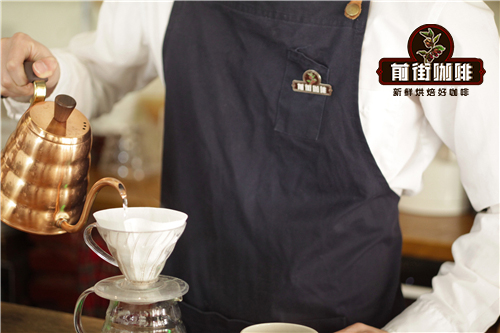
In the first stage, 30 grams of water is injected for 30 seconds, followed by 95 grams (about 125 grams indicated by the electronic scale). The injection is completed in about 1 minute, and the remaining 100 grams are injected at 3 places in the powder layer when the water level drops to 2 grams (about 225 grams shown by the electronic scale). About 1 minute and 40 seconds. The filtration is completed, remove the filter cup and complete the extraction.
Cooking flavor: the mouth has the flavor of black plum and virgin fruit, the taste is strong sour, thick, middle sweet, juicy, aftertaste berry and yellow sugar sweet, and green tea aroma.
For more boutique coffee beans, please add private Qianjie coffee on Wechat. WeChat account: kaixinguoguo0925
Important Notice :
前街咖啡 FrontStreet Coffee has moved to new addredd:
FrontStreet Coffee Address: 315,Donghua East Road,GuangZhou
Tel:020 38364473
- Prev
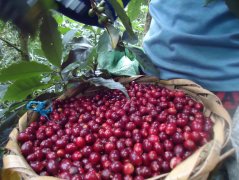
Kenyan Coffee Beans Kenyan Coffee Beans
Professional coffee knowledge exchange More coffee bean information Please pay attention to coffee workshop (Weixin Official Accounts cafe_style) Kenya AA Kenya is located on the equator on the east coast of Africa. It is surrounded by Ethiopia; Eastern Indian Ocean and Somalia; Uganda and Tanzania. Kenya coffee green beans have a slightly bluish color and are relatively small round beans. in greater
- Next
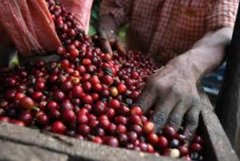
Introduction of Starbucks Kenyan Coffee Bean Flavor
Professional coffee knowledge exchange more coffee bean information Please follow coffee workshop (Wechat official account cafe_style) under the influence of British colonization, Kenyans love coffee very much, the history of locally grown coffee can be traced back to the end of the 19th century, it is now a world-famous high-quality bean-producing country, there are hundreds of thousands of small coffee farmers and several large estates in the country, all coffee beans will be sent to Kenya
Related
- Detailed explanation of Jadeite planting Land in Panamanian Jadeite Manor introduction to the grading system of Jadeite competitive bidding, Red bid, Green bid and Rose Summer
- Story of Coffee planting in Brenka region of Costa Rica Stonehenge Manor anaerobic heavy honey treatment of flavor mouth
- What's on the barrel of Blue Mountain Coffee beans?
- Can American coffee also pull flowers? How to use hot American style to pull out a good-looking pattern?
- Can you make a cold extract with coffee beans? What is the right proportion for cold-extracted coffee formula?
- Indonesian PWN Gold Mandrine Coffee Origin Features Flavor How to Chong? Mandolin coffee is American.
- A brief introduction to the flavor characteristics of Brazilian yellow bourbon coffee beans
- What is the effect of different water quality on the flavor of cold-extracted coffee? What kind of water is best for brewing coffee?
- Why do you think of Rose Summer whenever you mention Panamanian coffee?
- Introduction to the characteristics of authentic blue mountain coffee bean producing areas? What is the CIB Coffee Authority in Jamaica?

